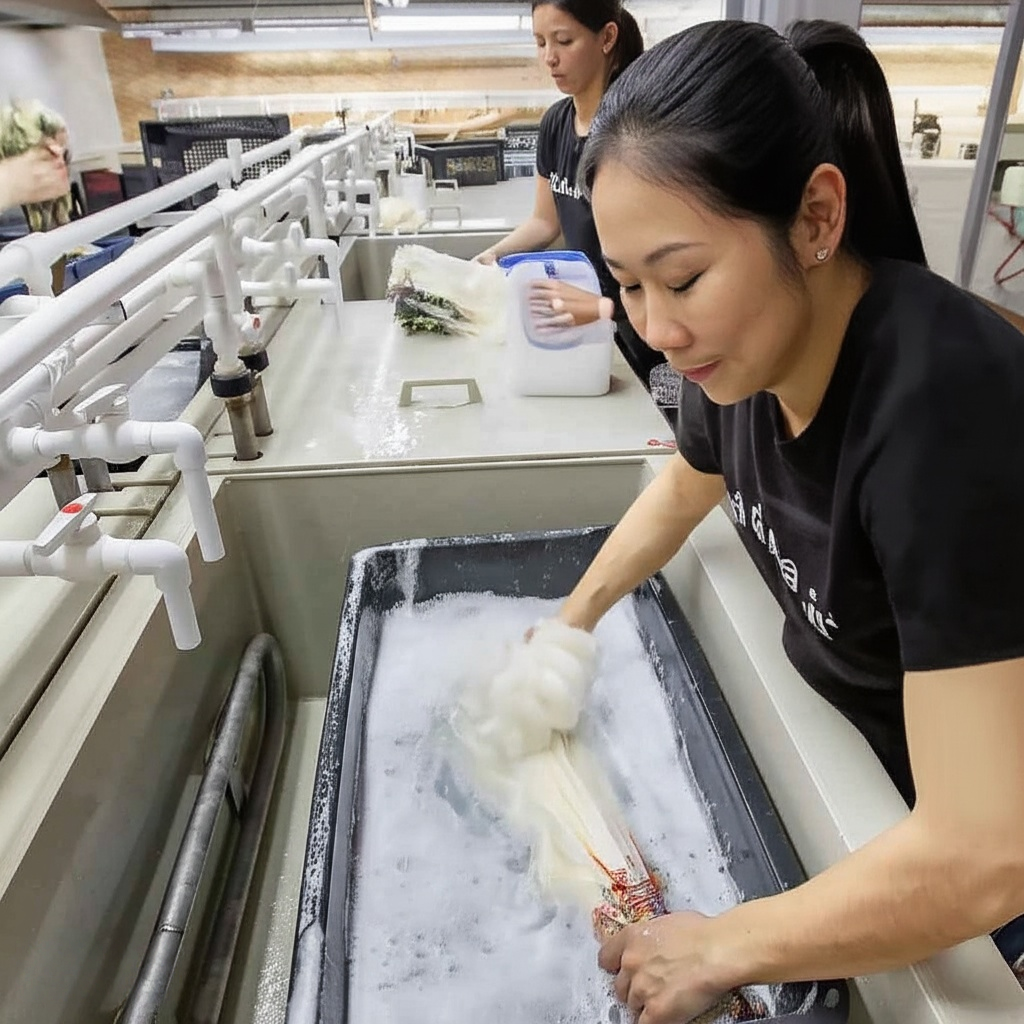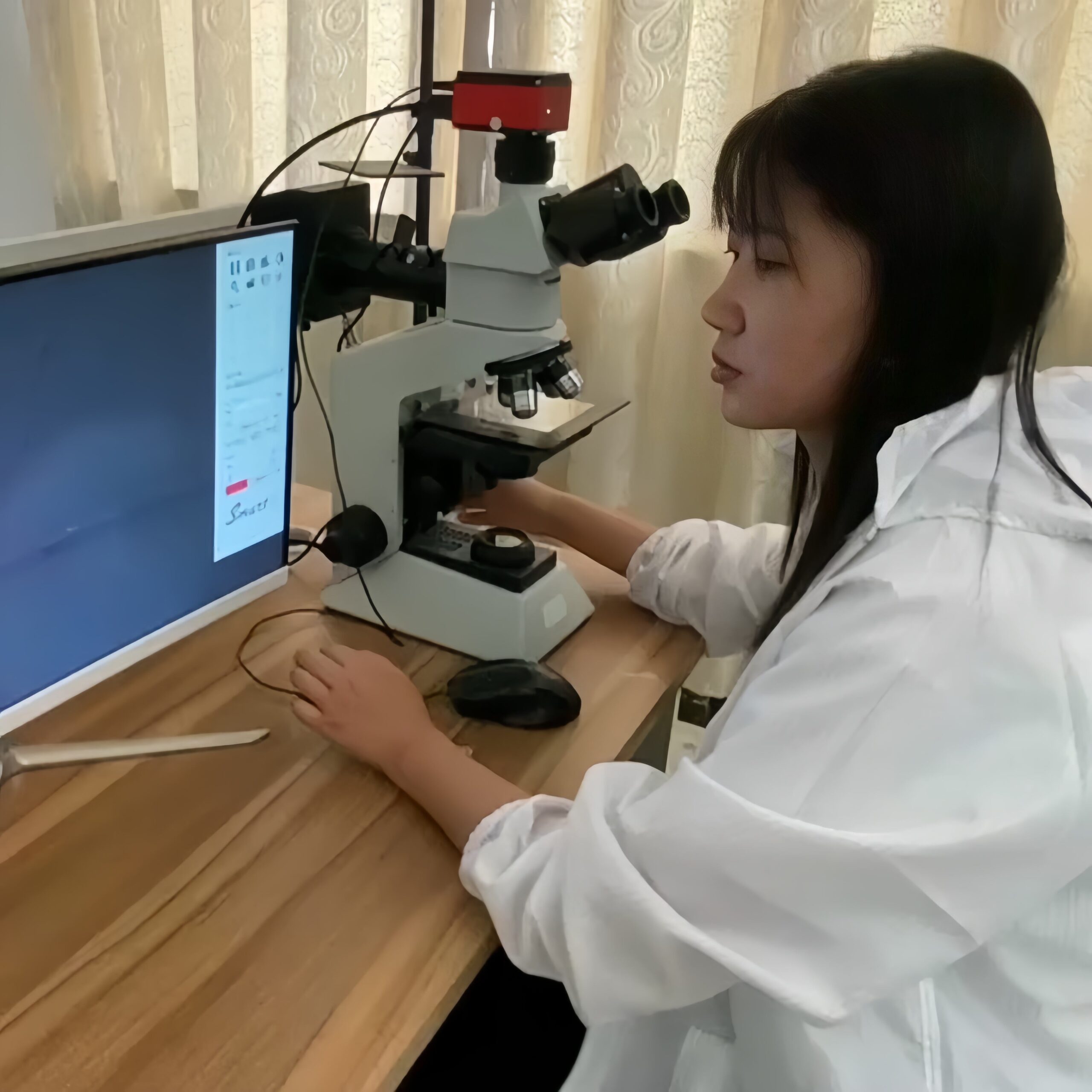The Environmental Journey of Hair Extension Production: From Challenges to Sustainable Solutions
The environmental impacts of hair extension production1 range from resource depletion and pollution to waste generation. Traditional production processes often involve excessive water and energy use, harsh chemicals, and non-biodegradable materials, contributing to landfill waste and toxic pollution. However, as more consumers and companies pivot towards sustainability, the industry is adopting eco-friendly practices like enzyme-based treatments, closed-loop water systems2, and plant-based conditioners3. As the proud founder of Plucharm Hair, I've witnessed firsthand the transformative shift towards greener practices and the challenges along the way.
What is the Environmental Impact of Hair Products?
The environmental consequences of hair products have long been overlooked, but it's time we confront the reality. Conventional hair extension production1 can significantly damage our planet due to its resource-intensive nature. For reference:
- Water Usage: Hair extensions require substantial amounts of water, not just during washing but also in chemical treatments, which can be harmful if not properly managed.
- Energy Consumption: The energy required for heating, treating, and styling processes is immense, contributing heavily to carbon footprints.
- Chemical Waste: Many hair products contain non-biodegradable chemicals, which can harm both the environment and human health when improperly disposed of.
Dive Deeper: Rethinking Production Processes
To tackle these issues, companies like Plucharm Hair are pioneering new methods. We incorporate a closed-loop water system to minimize waste and pollution. By recycling water, we ensure efficient use without compromising quality. Additionally, switching to plant-based conditioners3 and enzyme-based treatments has significantly reduced our chemical footprint. These eco-friendly alternatives contribute to cleaner, safer workplaces and a healthier planet.
Comparison Table: Traditional vs. Sustainable Practices
| Aspect | Traditional Methods | Sustainable Methods |
|---|---|---|
| Water Usage | High consumption | Closed-loop water systems |
| Energy Consumption | High energy use | Energy-efficient machinery |
| Chemicals | Harsh, non-biodegradable | Enzyme-based, plant-derived conditioners |
| Waste Production | Substantial | Minimal |
Personal Insight
In cultivating Plucharm Hair, my team and I have vowed to make our supply chain transparent and green. I believe our responsibility extends beyond delivering top-tier products; we must also ensure that our impact on the planet is minimal. It's more than a business choice—it's an ethical duty.
What are the Environmental Impacts of Industries and How Can They Be Mitigated?
The fashion and beauty industries, including hair extensions, are notorious for their substantial environmental footprints. The global demand for these products often leads to overproduction and waste.
Dive Deeper: Embracing the Green Transition
To mitigate these impacts, industries must adopt sustainable sourcing4 and processing strategies:
- Sustainable Sourcing: Opting for ethically sourced materials reduces deforestation and habitat destruction. At Plucharm Hair, we guarantee that all our hair comes from reliable sources with fair trade practices.
- Efficient Processing: Implementing energy-efficient technology5 in production not only decreases carbon emissions but also lowers costs in the long run.
- Renewable Energy: Incorporating solar or wind energy where possible can significantly cut down on fossil fuel reliance.
Pro Tip
Transitioning your business model to incorporate these sustainable practices6 doesn't just aid the environment; it boosts brand loyalty among eco-conscious consumers.
What are the Environmental Impacts of Salons?
Salons contribute substantially to environmental degradation through water and energy use as well as chemical runoff. However, changes in operational practices can yield significant improvements.
Dive Deeper: Greening Salon Operations
- Water Conservation: Installing low-flow fixtures and using water-efficient appliances can drastically reduce usage.
- Energy Efficiency: Switching to LED lighting and energy-efficient equipment saves energy and reduces greenhouse gas emissions.
- Eco-Friendly Products: Stocking biodegradable, organic hair care products ensures patrons have greener on-site choices.
Did you know that the average salon can save hundreds of gallons of water monthly simply by optimizing water flow fixtures?
What are the Environmental Impacts of the Fashion Industry?
The fashion industry has an undeniable imprint on environmental resources. From textile manufacturing to finished products, sustainable practices6 are paramount.
Dive Deeper: Fashion Forward and Eco-Friendly
Fashion industries, including hair extensions, can achieve sustainability by:
- Rhythm Adjustments: Adopting "slow fashion" principles means producing less, utilizing more, and concentrating on quality over quantity.
- Material Innovation: Switching to sustainable materials, including recycled or organic fibers, dramatically reduces environmental harm.
- Circular Economy: This approach involves designing waste out of production cycles, emphasizing recycling, and reuse.
Conclusion
The path toward truly sustainable hair extension production1 might be fraught with challenges, yet it holds profound potential. At Plucharm Hair, we've embraced these challenges head-on by emphasizing sustainable practices6 without compromising quality. Ultimately, the move toward greener practices isn't just beneficial but essential. By leading the change in our industry, we can inspire others to join the journey. Only by working together can we hope to leave a cleaner, healthier planet for future generations.
-
Understanding the environmental impacts of hair extension production can help consumers make informed choices. ↩ ↩ ↩
-
Discovering closed-loop water systems can showcase innovative solutions for reducing waste in production. ↩
-
Exploring plant-based conditioners can lead to healthier choices for both consumers and the environment. ↩ ↩
-
Learning about sustainable sourcing can promote ethical practices and support fair trade. ↩
-
Investigating energy-efficient technology can reveal cost-saving and environmentally friendly solutions. ↩
-
Exploring sustainable practices can inspire businesses to adopt eco-friendly methods and reduce their environmental footprint. ↩ ↩ ↩




